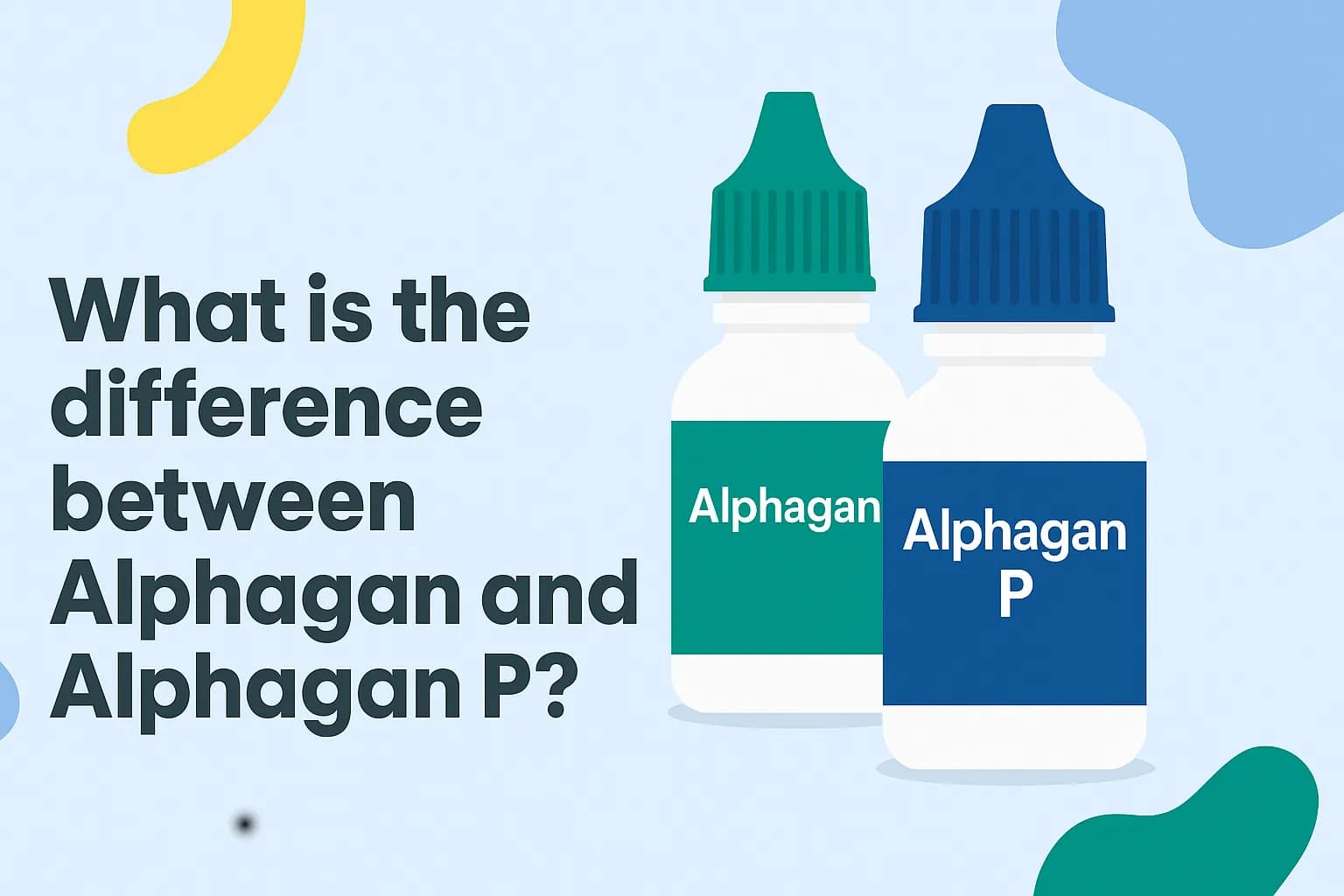What is glaucoma?
Glaucoma is a group of eye conditions that damage the optic nerve, a nerve in the back of the eye vital for vision. This damage is often caused by a buildup of fluid (aqueous humor) that doesn’t drain properly, leading to abnormally high eye pressure and optic nerve injury.
Often called the “silent thief of sight,” glaucoma can progress without symptoms in its early stages. As it advances, optic nerve fibers die and blind spots develop in the visual field—often unnoticed until significant vision loss has occurred. If all optic nerve fibers are lost, blindness follows. Glaucoma is one of the leading causes of blindness in people over age 60.
What are the types of glaucoma?
- Open-angle glaucoma: the most common form, where drainage canals clog over time, raising eye pressure; develops slowly and persists lifelong.
- Angle-closure glaucoma: occurs when the iris bulges forward, blocking the drainage angle; can cause a sudden pressure spike requiring immediate treatment.
- Normal-tension glaucoma: optic nerve damage despite normal eye pressure; underlying cause may involve reduced blood flow to the nerve.
- Secondary glaucoma: arises from another eye condition or external factor (trauma, inflammation, advanced cataract).
- Congenital glaucoma: a rare form present at birth due to abnormal drainage canal development or other pediatric conditions.
What causes glaucoma?
Glaucoma is primarily driven by increased intraocular pressure (IOP), which damages the optic nerve. Specific causes and risk factors vary by type:
- Primary open-angle glaucoma: gradual clogging of drainage canals, fluid buildup, and pressure increase; exact mechanism unclear.
- Angle-closure glaucoma: iris too close to drainage angle blocks fluid outflow, causing rapid or chronic pressure rise.
- Normal-tension glaucoma: optic nerve damage occurs at normal pressures, possibly from reduced blood flow.
- Secondary glaucoma: due to eye injuries, corticosteroid use, uveitis, diabetes, pigment dispersion, neovascularization, or other diseases.
- Congenital glaucoma: abnormal drainage canal development in utero; may also arise from pediatric conditions like neurofibromatosis or trauma.
Common risk factors include age, family history, racial background (higher risk in African Americans, Asians, and Hispanics), migraines, high blood pressure, sickle cell anemia, diabetes, and long-term steroid use.
What are the symptoms of glaucoma?
Open-angle glaucoma
- No early symptoms
- Gradual peripheral vision loss in both eyes
- Advanced narrowing of visual field, leading to tunnel vision
Angle-closure glaucoma
- Severe eye pain
- Nausea and vomiting
- Sudden visual disturbance in low light
- Blurred vision
- Halos around lights
- Red eye
This form is a medical emergency requiring immediate treatment.
Normal-tension glaucoma
- Little to no early symptoms
- Progressive vision loss despite normal eye pressure
Secondary glaucoma
- Symptoms vary by cause but may include eye pain, redness, and halos around lights
Congenital glaucoma (infants)
- Cloudiness of the front of the eye
- Enlarged eye(s)
- Red eye
- Light sensitivity
- Excessive tearing
How is glaucoma diagnosed?
- Comprehensive eye exam: visual acuity test and symptom review
- Tonometry: measures intraocular pressure
- Ophthalmoscopy (fundus exam): examines optic nerve shape and color
- Perimetry (visual field test): maps peripheral vision to detect blind spots
- Gonioscopy: inspects the drainage angle to distinguish open- vs. angle-closure
- Pachymetry: measures corneal thickness, which influences pressure readings
How is glaucoma treated?
Treatment aims to lower IOP and prevent further optic nerve damage. Options include:
Medications
- Eye drops: prostaglandin analogs, beta blockers, alpha agonists, carbonic anhydrase inhibitors, rho kinase inhibitors
- Oral medications: carbonic anhydrase inhibitors for additional pressure reduction
Laser surgery
- Laser trabeculoplasty: improves drainage in open-angle glaucoma
- Laser iridotomy: creates a small iris opening for angle-closure glaucoma
- Cyclophotocoagulation: reduces fluid production in the eye
Surgical procedures
- Trabeculectomy: creates a new drainage pathway
- Drainage implants: tube devices to assist fluid outflow
- Minimally invasive glaucoma surgeries (MIGS): tiny devices and techniques with faster recovery
Emergency treatment
Acute angle-closure glaucoma requires immediate pressure-lowering therapy, often with medications followed by laser treatment.
Regular follow-up is essential to monitor treatment response and adjust therapy as needed. Early detection and prompt management are crucial to preserving vision.
Sources
- American Optometric Association. Glaucoma. Accessed Apr. 15, 2024.
- Centers for Disease Control and Prevention. Don’t Let Glaucoma Steal Your Sight! Accessed Apr. 15, 2024.
- Glaucoma Research Foundation. Glaucoma Facts and Statistics. Accessed Apr. 15, 2024.
- Types of Glaucoma. National Eye Institute. Accessed Apr. 15, 2024.
- What is Glaucoma? JAMA Network. Accessed Apr. 15, 2024.







